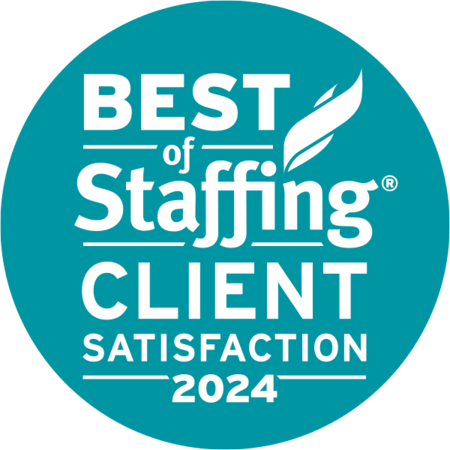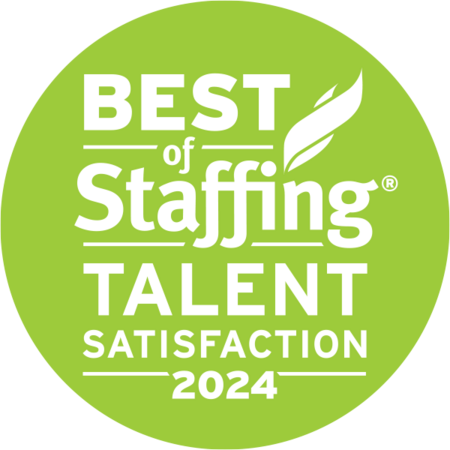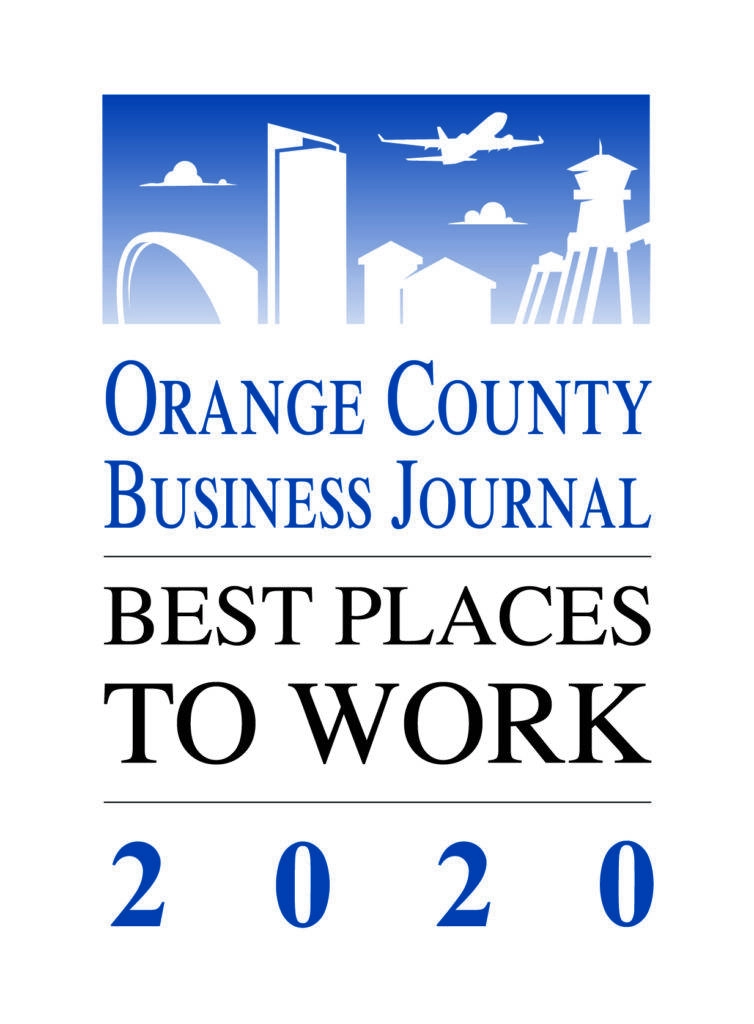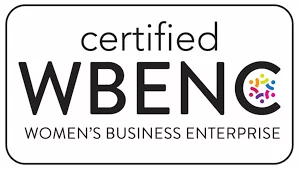Note: This blog was originally published in March 2021 and updated in July 2021.
By Jennifer Hannigan, CEO, Alliance Resource Group
From accelerated growth and job creation to readily available vaccines, 2021 kicked off on a high note. Halfway through the year, vaccination rates are high, most businesses have at least partially reopened and the economy continues to pick up speed.
So how do we remain resilient in the post-pandemic era?
The answer is easy but requires diligence and perseverance to achieve: Retain top talent in an increasingly competitive landscape with new rules and a new normal.
As an expert in Accounting and Finance executive search, I can help explain how this impacts our industry and professions. With many businesses adapting, reopening and recovering, two key factors are shaping retention in Finance and Accounting.
Two Key Factors From 2020: Unwavering Competition for Talent and Employee Burnout
As many businesses adapt, reopen and recover, two key factors are shaping retention in Finance and Accounting.
First, while 2020 unemployment rates soared for many sectors, most Finance and Accounting teams experienced little disruption. Initial reaction to the pandemic brought about some staffing cuts and RIFs in Q2, but those were quickly replaced as businesses pivoted to meet changing needs. Overall, the Finance and Accounting employment market remained strong, and top talent was difficult to resource as companies continued to compete for the best and the brightest in the field.
Second, work from home (WFH) wasn’t overly difficult to initiate, but it took a toll on company culture and employee morale. Most businesses were quick to implement secure WFH technology and workplace modifications while maintaining employee productivity. However, the isolation of remote work with no interactions — face-to-face meetings, hanging out in the lunchroom, attending company events and participating in team-building experiences — led to feelings of loneliness, burnout and a loss of connection to company mission and vision.
SHRM reported that workplaces will feel the aftershocks of isolation and burnout long after the pandemic is over.
Entering a strong economic recovery period with a constrained talent pool and new levels of employee burnout may result in top talent looking for greener pastures. Retention requires a strategic approach.
In this blog, we look at two top retention strategies for today’s market. In the follow-up, we’ll round out the list with three additional ways to boost your retention.
#1 The correlation between holistic employee wellbeing and engagement
Employee wellbeing is more than physical health; a robust approach includes mental and emotional wellness, too. During the past year, ARG saw firsthand how the pandemic impacted employee wellbeing. Business leaders were given the opportunity to exercise empathy and truly understand the personal situations of their employees: managing children’s remote learning at home, caring for elder parents, balancing WFH with household responsibilities, falling ill and losing loved ones.
As stewards of the employee experience and wellbeing, we learned how to listen more, become more flexible and be more human — traits identified in a recent Gallup employee engagement meta-analysis, “to maximize employee performance, leaders should care how well their employees’ psychological needs are being met and how they are evaluating and experiencing their lives, whether at work or at home.”
As we navigate through a recovery, executives and HR managers also need to understand how engagement and recognition play a significant role in wellbeing. Now is the time to extend our empathy and show continuous gratitude for individual employee contributions as we navigate the new normal. According to Gallup, “Workplace burnout is reduced to near zero among engaged, high-wellbeing employees who also work in a culture that honors individual strengths.”
If leaders have learned anything from the last year, it is that employee wellbeing is an essential factor in business survival. If your employees aren’t healthy your business won’t succeed.
Pro-tip: 2020 also put a spotlight on how highly employees value benefits. If possible, include holistic wellbeing programs in your benefits plan that include physical, mental and emotional health.
#2 Flexible work-from-home policies helps accommodate new fluctuations in managing home life
Companies are taking different approaches to office building reentry. Some are extending WFH policies through 2021. Others are staggering work schedules, offering “extra” office hours that allow employees to work earlier or later in the day. (This also helps reduce time spent commuting during peak hours.) Many have adopted work options that blend time in the office with time working remotely, such as three days onsite and two offsite.
Many businesses were moving toward a more flexible WFH culture prior to the pandemic, with Forbes reporting 5 million Americans working from home at least half-time in the last decade, an increase of 173%.
Pro-tip: As you research all the options, a hybrid approach might be a good interim compromise for employees managing schedules that fluctuate due to children’s remote learning and/or spouse’s work schedules (especially if their partner is employed in an essential services industry). This move can be perceived and promoted as another 2021 benefit as part of your empathetic company culture.
Related Articles





